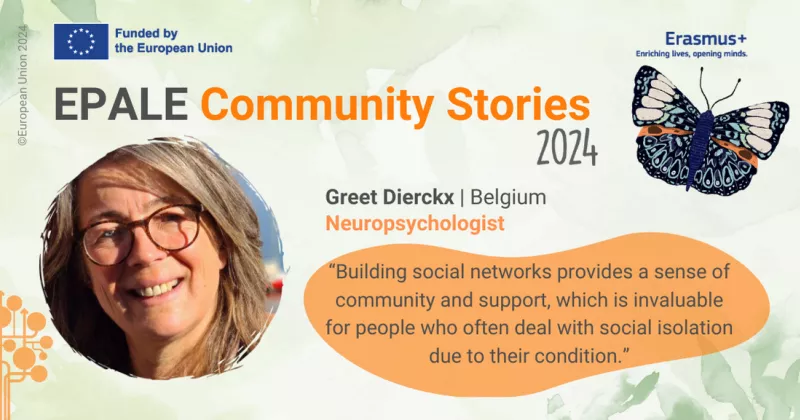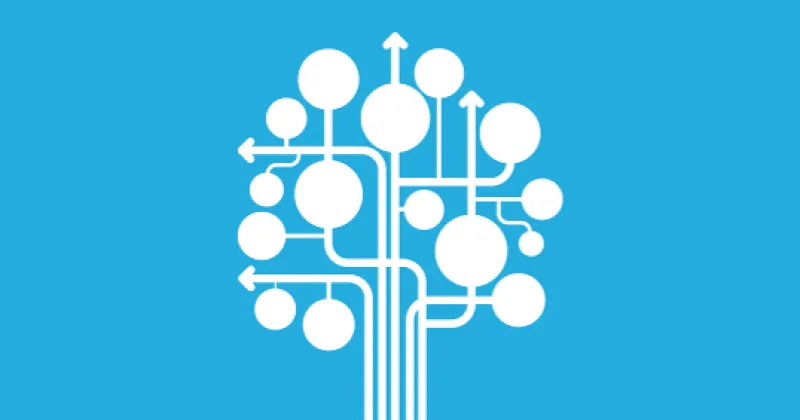Understanding the Needs of Migrant and Refugee Women in Entrepreneurship and the Creative Sectors: Initial Findings of the WomInCreativePower Project

Background of the WomInCreayivePower project
WomenInCreativePower project seeks to address gaps in the integration process of migrant and refugee women, seeking to improve their employability and establish and strengthen ties with their new communities. WICP also aims to contribute to the development of new design and creative skills through tandem trainings and intercultural dialogue. The project deploys the notions of inclusivity, diversity, and collaboration in Creative and Cultural Industries (CCI) by encouraging immigrants to develop their creative ideas into work, inclusion, and self-fulfillment possibilities. Therefore, WICP seeks to make an important contribution for the full integration of migrant and refugee women in their receiving communities and labour markets by promoting the intercultural and diverse enrichment of European societies.
The partner organisations involved in the project are from Luxembourg, Swede, Hungary and Slovenia therefore all the data mentioned in the post is about those 4 countries and the migrant women living there.
Integration Process of Migrant Women in Europe
In the past years, the number of refugees and migrants in Europe has started to decrease. However, the integration of those who have arrived in the EU since 2015 remains a common challenge for the host European communities. According to an article published by the European Website on Integration, migrant and refugee women face a double disadvantage in the integration process, since they face the double burden of being both women and migrants (EWSI 2018). Moreover, it has been proven statistically that migrant and refugee women face greater economic inequalities compared to their male counterparts: bigger gender gaps in the EU-28 employment rates were observed among persons born outside of the EU, amounting to 74.3% for men and 55.3% for women (EWSI 2018). Finally, studies indicate that women “frequently receive less integration support than men, both in terms of language training and active labour market measures” (EWSI 2018). Migrant women are not only less integrated in the labour markets of the EU countries, but they are also more likely to be overqualified for their jobs when employed. Research suggests that this is due to their background as women and as migrants which imposes bureaucratic barriers when it comes to the recognition of their skills, and glass ceiling because of gender roles and cultural barriers. Yet, migrant women are a heterogenous group and therefore, the legal status, ethnic background, and other factors influence the type of obstacles that hinder their social and labour integration in the hosting societies (Integration Expert, 2018; OECD, 2020; European Economic and Social Committee, 2015).
WomInCreativePower projects seeks to address gaps in the integration process of migrant and refugee women, seeking to improve their employability and establish and strengthen ties with their new communities. WICP also aims to contribute to the development of new design and creative skills through tandem trainings and intercultural dialogue. The project deploys the notions of inclusivity, diversity, and collaboration in Creative and Cultural Industries (CCI) by encouraging immigrants to develop their creative ideas into work, inclusion, and self-fulfilment possibilities. Therefore, WICP seeks to make an important contribution for the full integration of migrant and refugee women in their receiving communities and labour markets by promoting the intercultural and diverse enrichment of European societies.
In conclusion, we can see that in all partner countries, there are a number of obstacles to social and economic integration which are commonly faced by most migrant and refugee women: these common challenges include linguistic barriers; gender-based discrimination; difficulties in gaining recognition of previous educational and professional credentials; intersectional discrimination; issues related to legal status, citizenship and residency in the host country; limited access to social networks and public support from national public institutions, and facing the burden of combining household responsibilities with employment. On the other hand, some country-specific challenges emerged from the research in some partner countries: for instance, in Slovenia, xenophobia, stereotypes against migrant women, and the limited public support for women who came through family reunification and not holders of international protection, play a relevant role. In Hungary, a strong role is played by the Hungarian government’s particularly restrictive migration policy, which influences all other aspects of society with regards to the integration strategies deployed. When referring to the creative and cultural sector, we can state that in all partner countries this industry is very vibrant and constantly evolving, providing for several opportunities of both employment and self-employment for the target group. For instance, it is noteworthy to mention that in Slovenia some creative and cultural professions do not require prior formal education or recognition of skills, thereby providing greater flexibility. On the other hand, however, being employed in the CCI also entails greater economic insecurity and instability than most other sectors. Looking at entrepreneurship and self-employment, we notice that in all partner countries this field this field seems to greatly promote migrant employment, providing therefore a good incentive for migrant women to integrate economically in the host country’s labour market. However, there are still several obstacles for migrant women to engage in self-employment and entrepreneurial initiatives, such as the lack of knowledge of legal and institutional framework, limited available support, linguistic barriers, and constraints due to gender roles and common stereotypes. These challenges further limit their possibilities in terms of economic self-sufficiency and choices of profession. Finally, we found overall many good practices and initiatives promoting the social and economic inclusion of migrant and refugee women in European labour markets: while Sweden appears to have a wide network of public institutions, private and non-profit actors supporting migrant women’s entrepreneurship and economic integration, the situation is quite different in the other partner countries. In Hungary and Slovenia, for instance, good practices are present mainly at the local level, in the form of programs and projects often supported by NGOs. In Luxembourg, support comes mainly from state institutions and public organs for business development and entrepreneurship.
In light of the main findings contained in this report, we present some suggestions and recommendations for improving the social and economic inclusion of migrant and refugee women in European host societies, with a particular emphasis on entrepreneurship within the creative and cultural industries:
- The creation of entrepreneurial lessons for migrant and refugee women who are interested in starting their own business. These lessons should be offered in the local host country’s language, alongside with a wide variety of other languages spoken by the participants.
- A simplification of the residency permit types, with the aim of creating informational campaigns and dissemination activities about the specific opportunities provided by different legal statuses.
- The creation of a simplified start-up process specifically targeting migrant and refugee women who would like to register a company within the creative and cultural industry, and who have limited income.
- More “women-to-women” networks, possibly initiated by locals and migrant women themselves as a response to their needs for spaces where they can gain new skills and support each other in the integration process.
- A multi-stakeholder approach to broadly support the social and economic integration of the target group in their host countries.
- Greater awareness of the specific needs of the target group on behalf of financial institutions and society stakeholders.
Attached to this post there is the final report in English and it's summary in Arabic.
About the authors
Lavinia Apicella, Julia Moreira, Samar Zughool, Safa Saad, Saša Serdinšek, Sarah Bowman, Büşra Çelik, Brigitta Vidák, Borbála Takács, Tatevik Margaryan, Seg Kirakossian
Disclaimer
The European Commission support for the production of this publication does not constitute an endorsement of the contents which reflects the views only of the authors, and the Commission cannot be held responsible for any use which may be made of the information contained therein. This project is co-funded by the European Commission through the Erasmus+ Programme (Strategic Partnerships for adult education -2019-1-SE01-KA204-060530).




